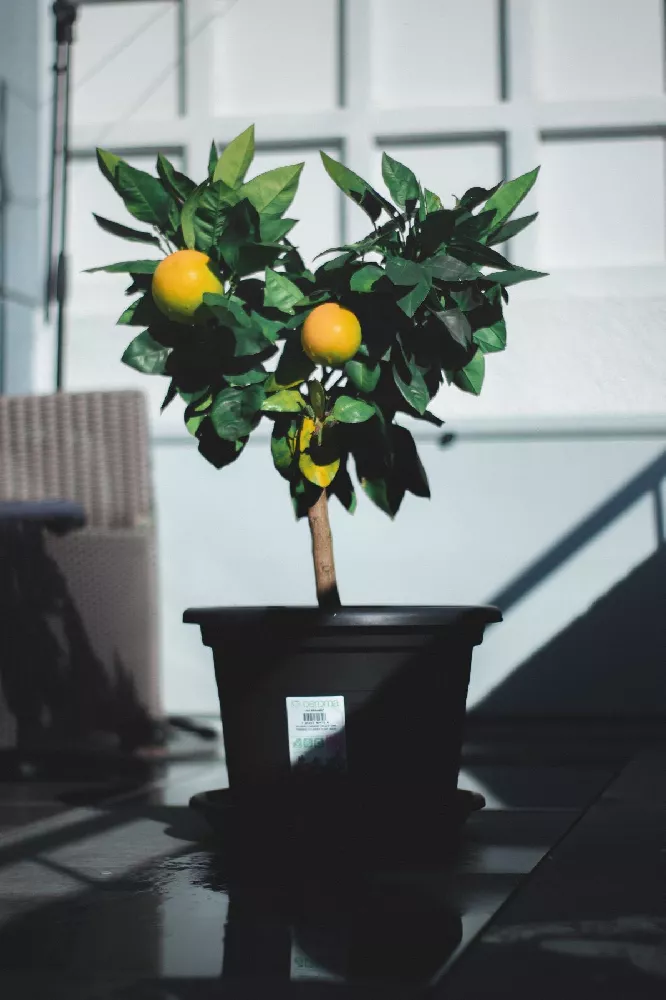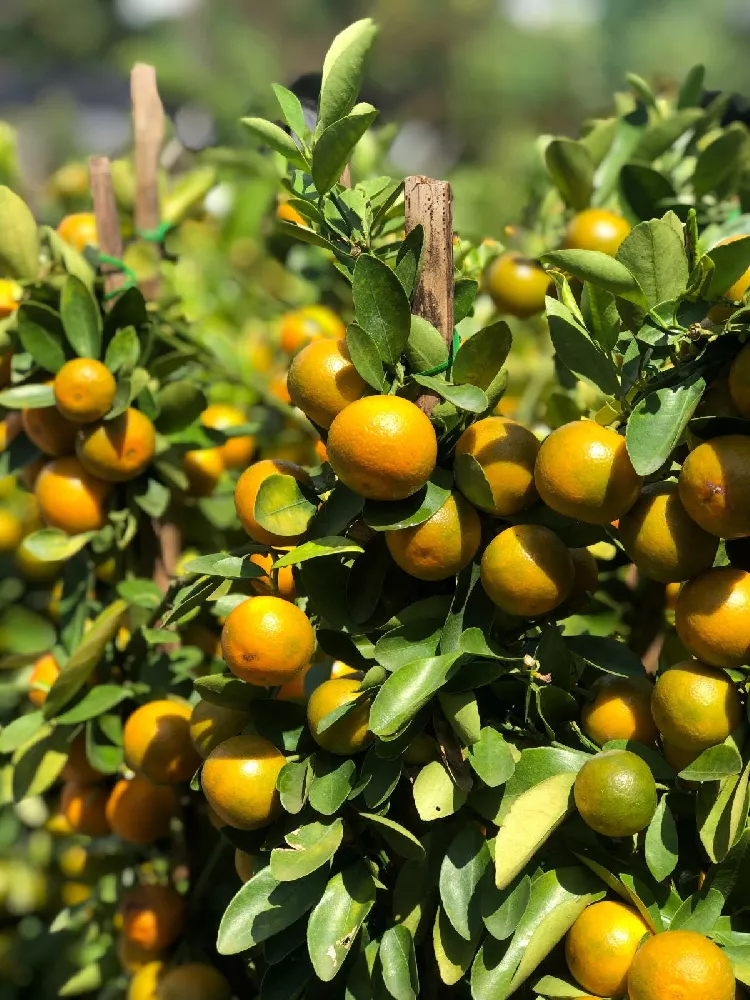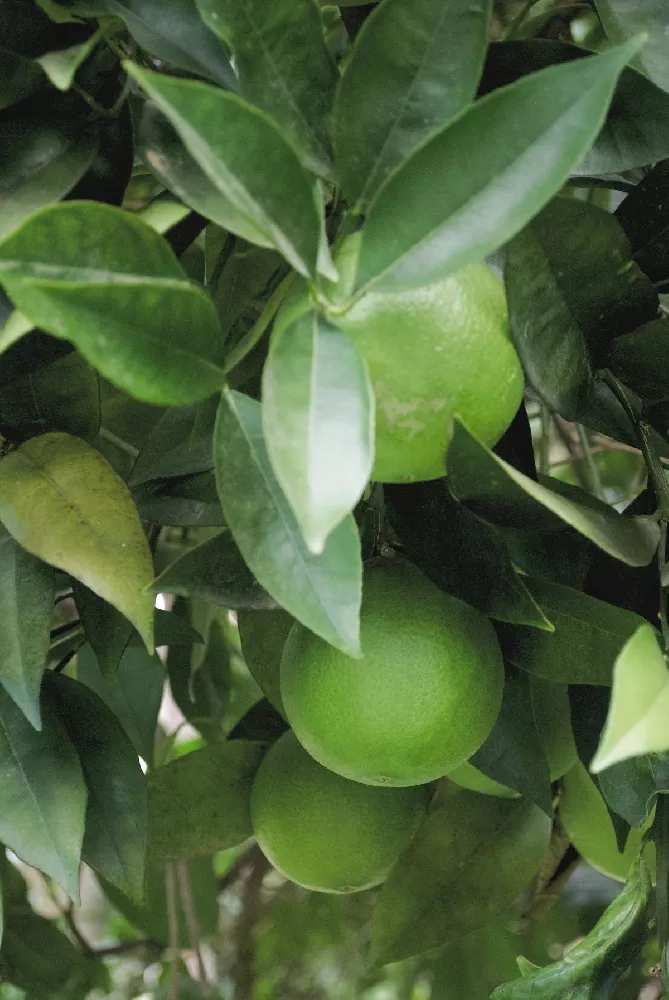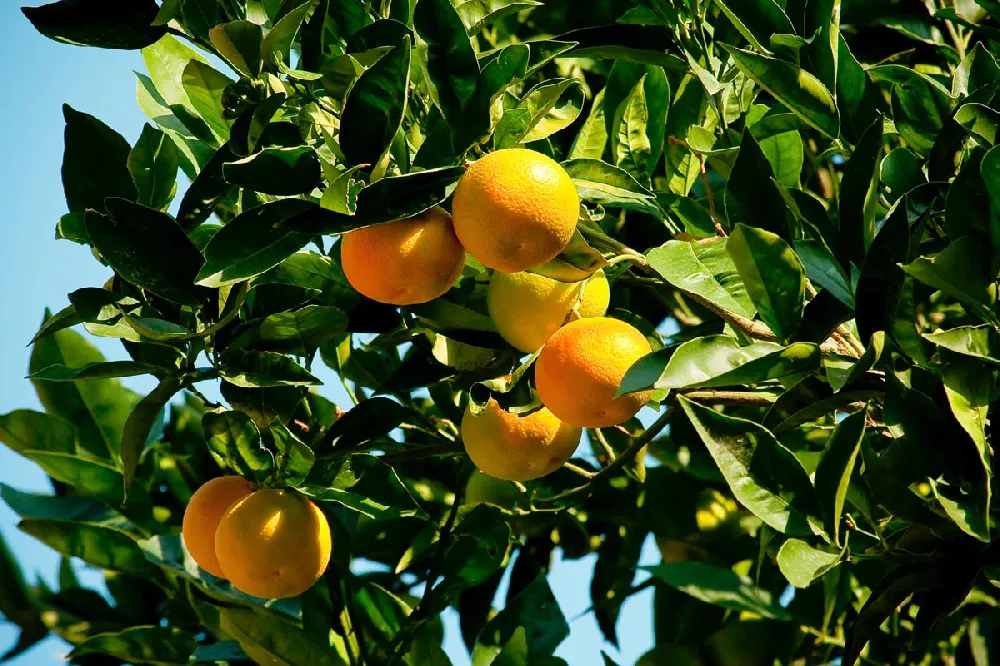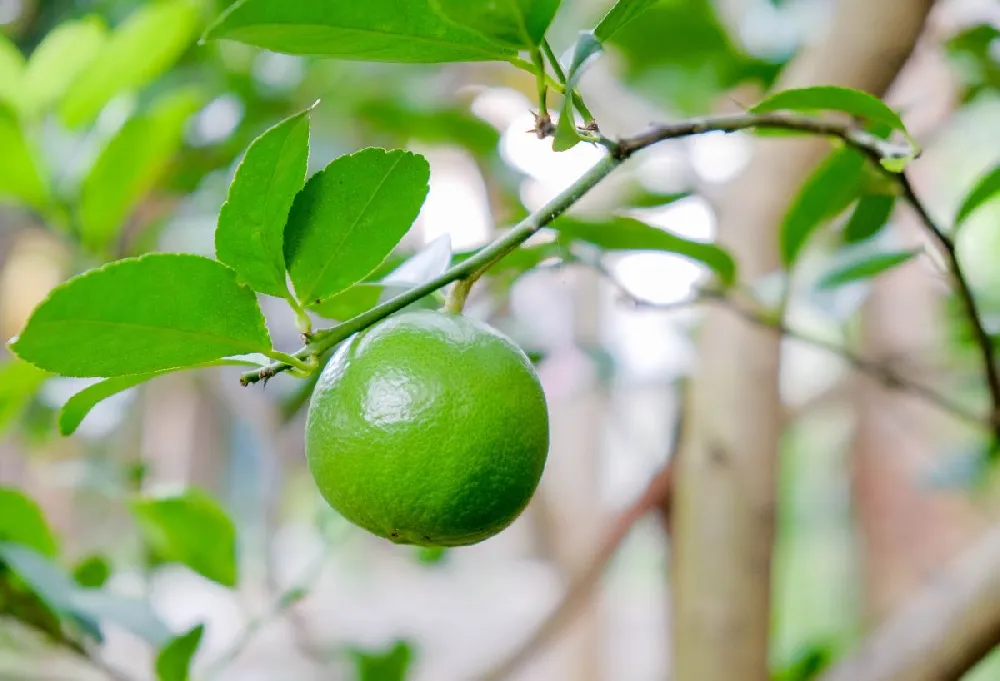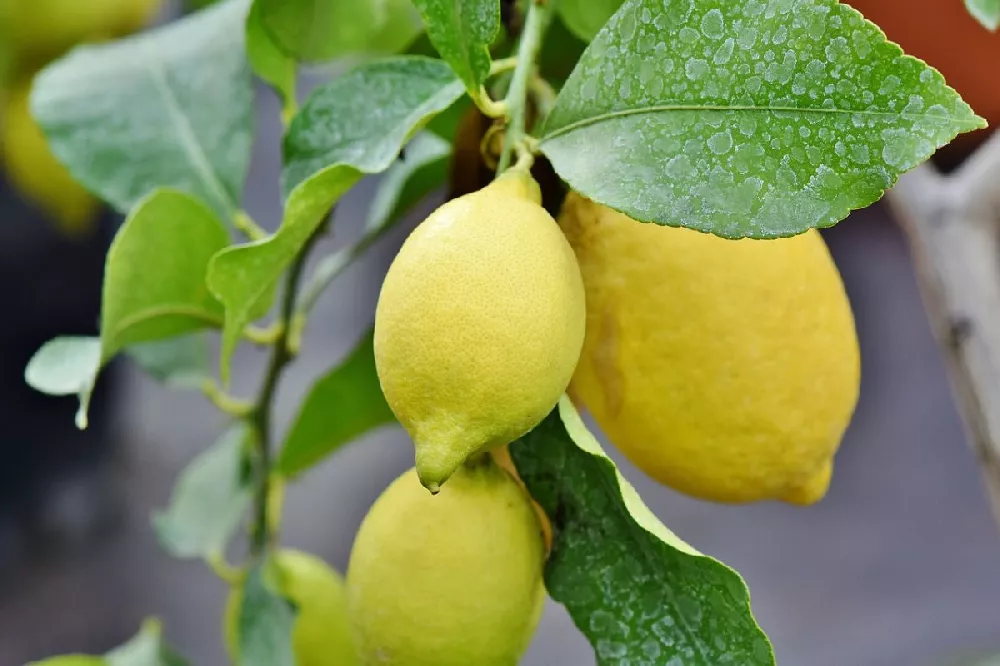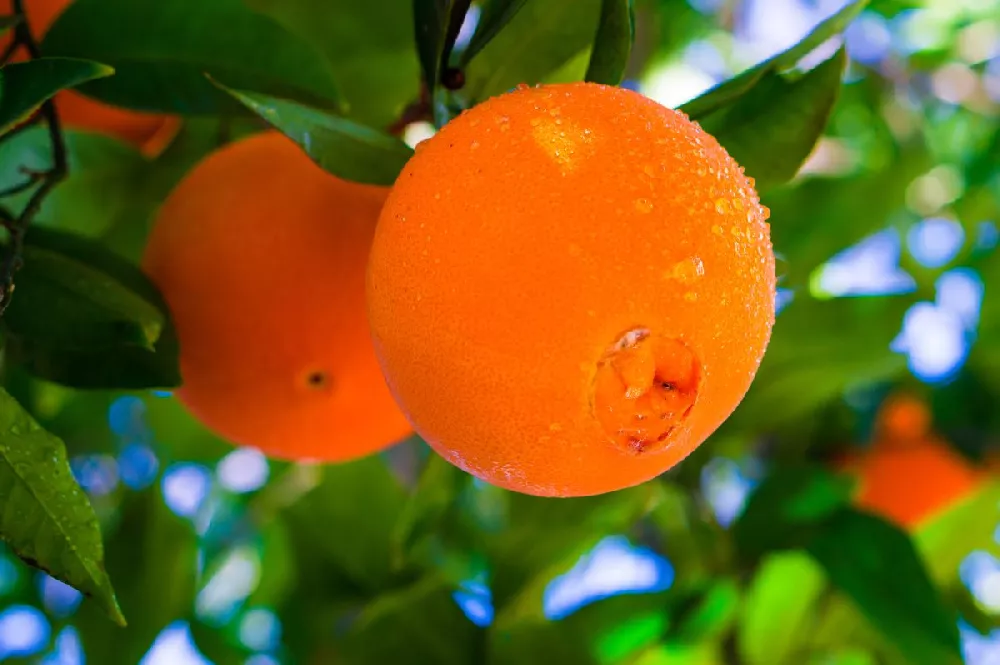- Home >
- Edible Plants >
- Limequat Citrus Tree
Limequat Citrus Tree for Sale - Buying & Growing Guide
- Ships in 1-2 days
- 1-Year Warranty Eligible
- Pots or accessories are not included unless specified in the product options.
Shipping Details:
Products shipped through FastGrowingTrees.com. Once your order is shipped, you’ll receive an email with a tracking number and estimated delivery date. Most orders will ship immediately.
As you might guess from the name, the limequat citrus tree, Citrus x floridana, is a hybrid — a cross between a key lime and a kumquat. It has the best attributes of both its parents. The fruit looks like a small lime and has a zesty aftertaste, but, like the kumquat, it has an edible peel and can be eaten right off the tree. Limequats work well when used in cooking, and they are a perfect addition to cold drinks. Southern gardeners can grow these citrus trees outdoors, but the good news for northern gardeners is that the limequat adapts beautifully to growing in a container. In fact, when brought indoors for the winter, this attractive small tree will add a welcome touch of green to your living room or den. Here are a few more reasons to bring home a Limequat citrus tree today:
- The limequat citrus tree is more cold-hardy than most citrus trees.
- The glossy dark green leaves are attractive for indoor and outdoor decor.
- It is easy to care for; it needs no fussing and little pruning.
Plant Care
Sunlight

Your limequat citrus tree will grow best in full sun, with six to eight hours of direct light a day.
Watering
Water weekly, allowing the top 3 inches of soil to dry out between waterings.
Fertilizing

Fertilize during the growing season with a product designed for citrus trees.
Planting and Care
Planting instructions
If planting your tree outside, site it where it will get at least six hours of direct sunlight a day in soil that drains well. Unpot the sapling and tease out any encircling roots, which can girdle the tree and slowly kill it. Dig a hole that’s as deep as the root ball and twice as wide, and place the tree in it, spreading out the roots. Holding the tree upright and steady, fill in the hole with topsoil, tamping it down as you go to eliminate air pockets. Water thoroughly. Apply a 2- to 3-inch layer of organic mulch, such as bark chips, around the root zone to conserve moisture and hinder weed growth, but keep it from touching the trunk to avoid rot.
Watering and nutrients
Water your limequat weekly if you receive no rain. Allow the soil to dry out in between waterings, and never allow water to puddle around the root zone, which can cause root rot. During spring and summer, feed your limequat with a slow-release fertilizer formulated for citrus trees.
Pollination
Limequats are self-pollinating, having flowers that contain both male and female reproductive organs. You should be able to grow a crop of fruit with just a single tree, however, you’ll have a larger yield if you plant two or more trees near each other. If you are growing your Limequat indoors, you can hand-pollinate using a paintbrush or cotton swab to collect the pollen from one flower and move it to the next.
Pruning
Prune out any broken, diseased, or damaged branches whenever you see them. If you wish to prune for shape or to control the size of your limequat, this is best done in early spring. Cut branches back to just above an outward-facing bud, using clean pruners or secateurs.
Pests and diseases
Pests that are common on citrus trees such as the limequat include scale insects, mealybugs, and aphids. A healthy tree should not be bothered by minor infestations, but if insect pressure is heavy, consider releasing beneficial insects such as ladybugs and aphids, which eat pests. If growing your tree indoors, it can be helpful to wipe down the leaves regularly with a damp cloth to minimize insects. Diseases that are possible include citrus scab, which is fungal and can be treated with a copper fungicide. The trees are also prone to nitrogen deficiency, which causes yellowed leaves, and phosphorus deficiency, which causes a burned appearance on leaves. Both can be treated with proper fertilizing methods.
Harvesting
Harvest your limequats when they are yellow-green in color, with touches of orange. The best way to determine ripeness is to pick one and bite into it — the flavor should be sweet and juicy, with a tart aftertaste. Handle the picked fruit carefully, and store it in a cool location until use.
Achieving maximum results
In much of the U.S., limequats are best grown in containers that can be brought inside during cold weather. Growing them in a container is not difficult. Choose a pot that is roughly twice the size of the root ball, and use a good-quality potting mix that contains organic matter. Plant as per our directions above, and place the container where the tree will receive adequate sunlight. Bring the tree inside whenever your temperature is forecast to go below 20 degrees Fahrenheit. Your container-grown tree may not grow as large as one in the ground, because the roots are constrained. Also, note that you may need to water your container-grown limequat more than you would if it was in the ground.
FAQs
Where can limequat citrus trees be grown?
Limequat citrus is hardy down to 20 degrees Fahrenheit, which translates into USDA hardiness zones 8 through 11. That includes the southern parts of the U.S. as well as western coastal regions up to the Pacific Northwest. If you do not live in these areas, however, it's easy to grow a limequat tree in a large container that you bring inside during winter.
How big does the limequat tree get?
A mature limequat citrus tree can reach a height of 6 to 7 feet, with a width of 2 to 3 feet. You can control the height through pruning if you wish to keep your tree smaller, although even at its full height it is a fairly petite tree.
Is a limequat an attractive tree to add to my landscape?
Yes, it is. In spring, a limequat will be covered with small white blossoms. In summer, the glossy dark green leaves and softly rounded canopy add a pleasing height and texture to gardens. In fall, the bright yellow-green fruit adds interest to the garden. Because the tree is on the smaller size, it's particularly suited for smaller urban gardens or small cottage gardens.
Compare Similar Products
You can't add more Product Name - Product size to the cart.
OK